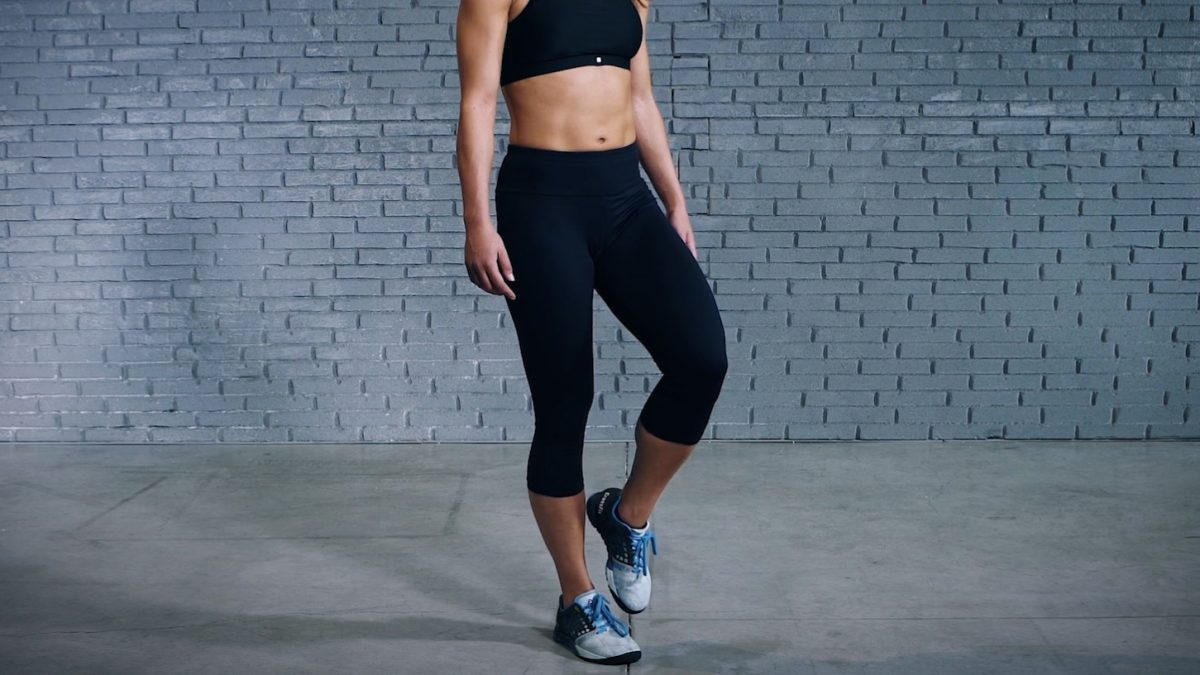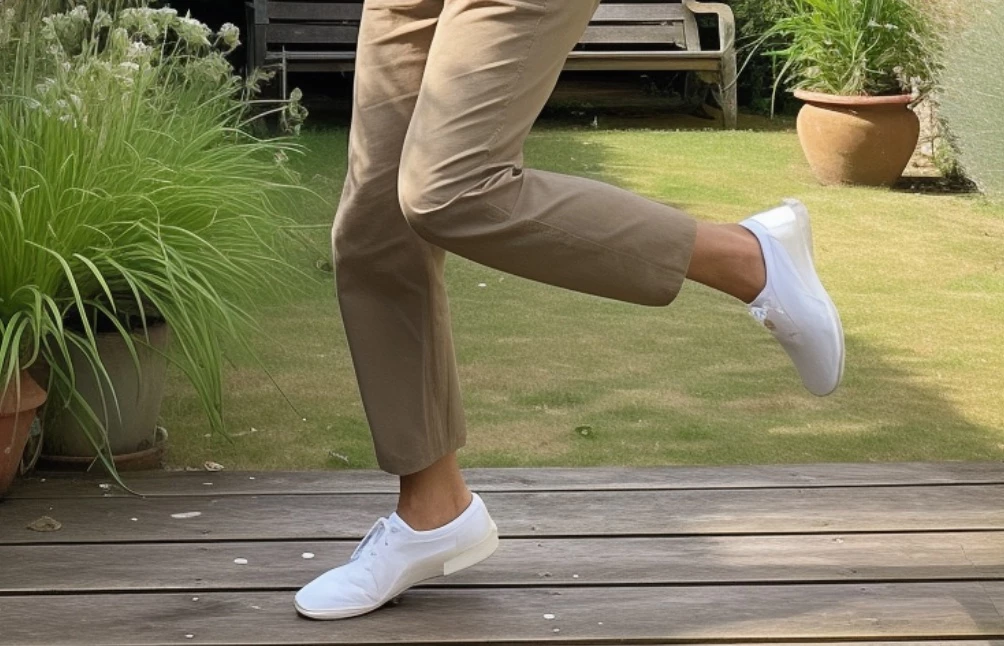A recent study suggests that balancing on one leg can be an important indicator of overall health, particularly for people aged 50 and older. Researchers found that the ability to hold a one-legged stance decreased with age and declined faster than other health metrics like gait and muscle strength. The study, published in PLOS One, highlights balance as a reflection of how well the body’s systems work together, with better balance contributing to improved quality of life and healthy aging.
The study tested 40 healthy participants, discovering that balance time on one leg deteriorated by 2.2 seconds per decade on the nondominant leg and by 1.7 seconds per decade on the dominant leg. These findings aligned with previous research indicating that balance worsens as people age. In comparison, hand grip and knee strength also declined with age, but at a slower rate than balance. This highlights balance as a critical factor in maintaining physical function.

Balance is key for injury prevention, especially as people age. Those unable to stand on one leg for at least five seconds may be at a higher risk of falling. Additionally, a 2022 study found that poor balance is linked to an increased risk of death from any cause. General guidelines suggest that people under 69 should be able to balance for about 30 seconds, while those older than 80 should aim for at least 10 seconds.
The one-legged test can be performed easily at home and may signal potential health issues. Poor performance on the test could indicate underlying conditions such as cardiovascular problems, neurological disorders, or side effects from medications. For those unable to maintain balance for more than five seconds, seeing a physician is recommended.
Experts emphasize that improving balance at any age is important for healthy aging. Engaging in activities that enhance balance, such as yoga, fitness classes, and specific exercises like standing on one leg while putting on socks, can be beneficial. Dr. Anat Lubetzky from New York University stresses the need to work on both static and dynamic balance, as well as overall strength, to reduce the risk of falls and maintain independence as one age.
